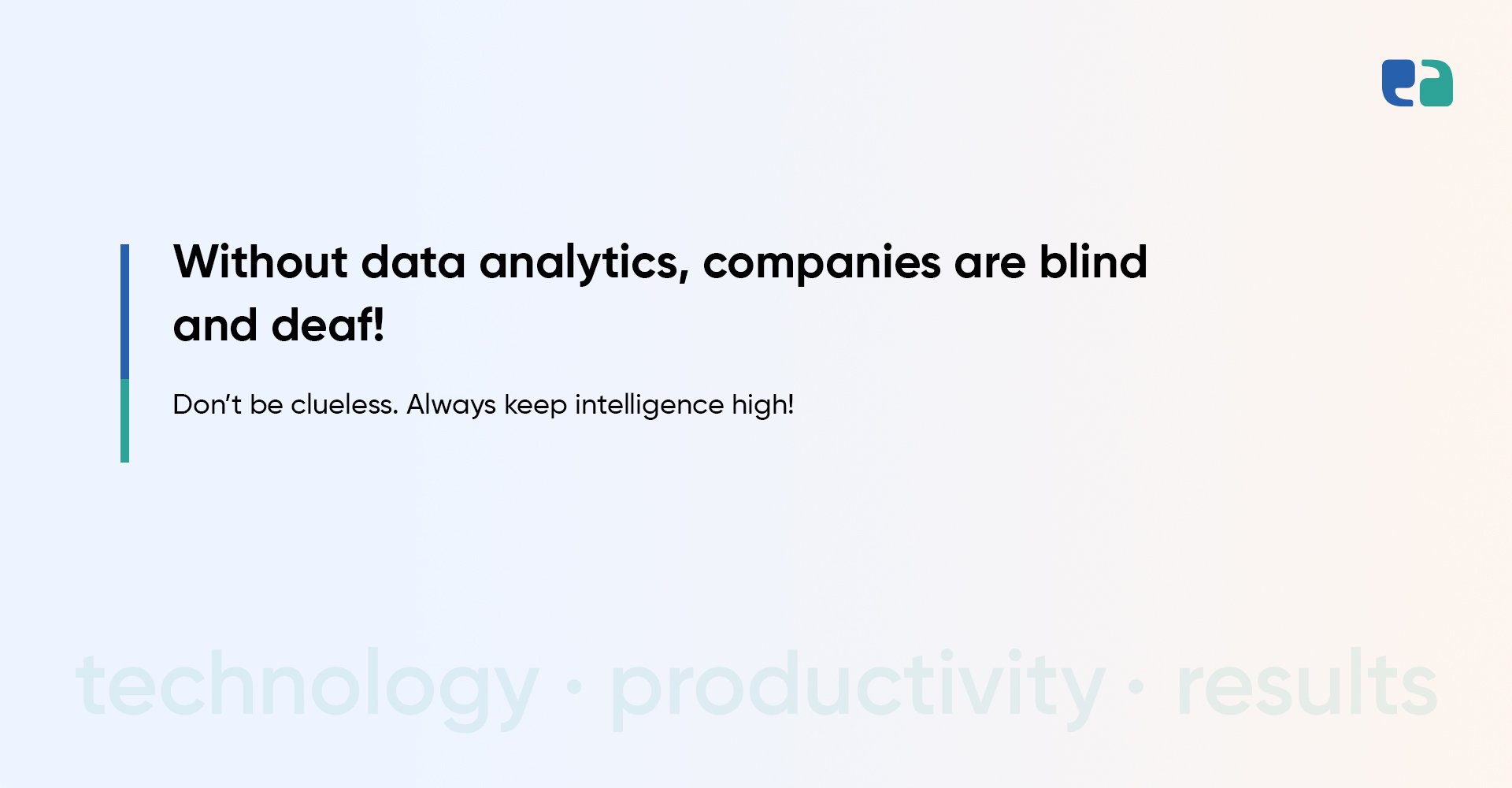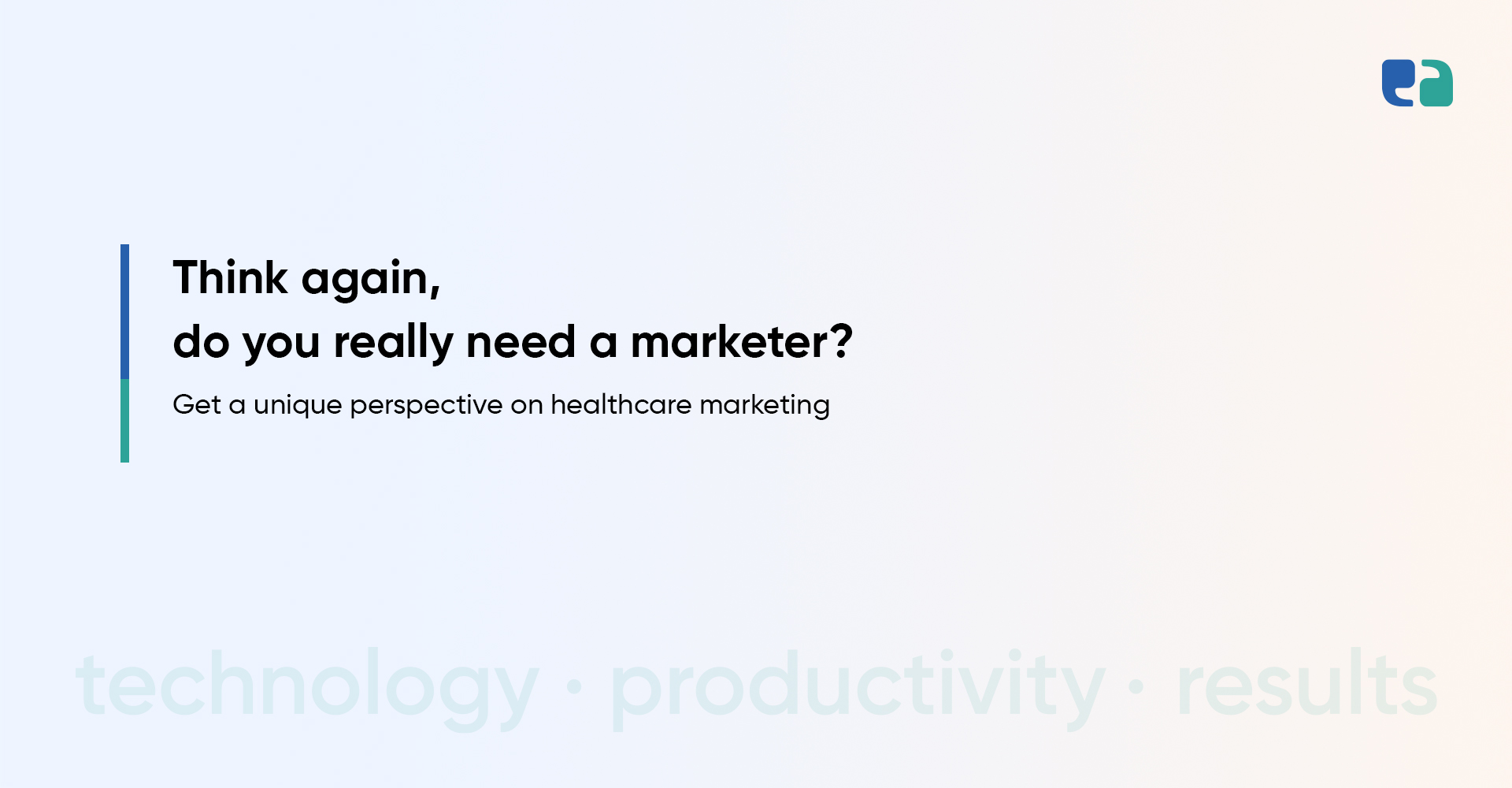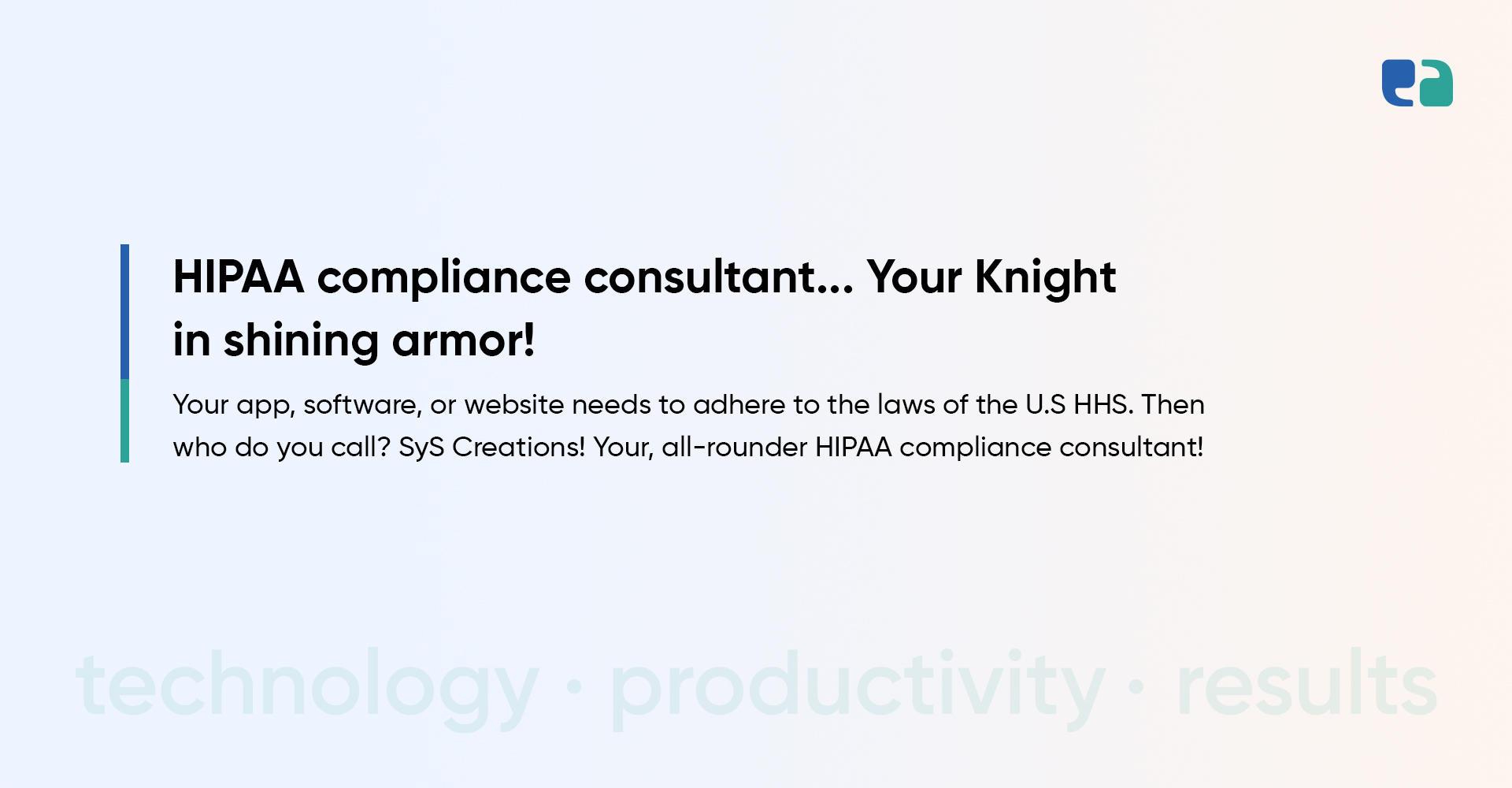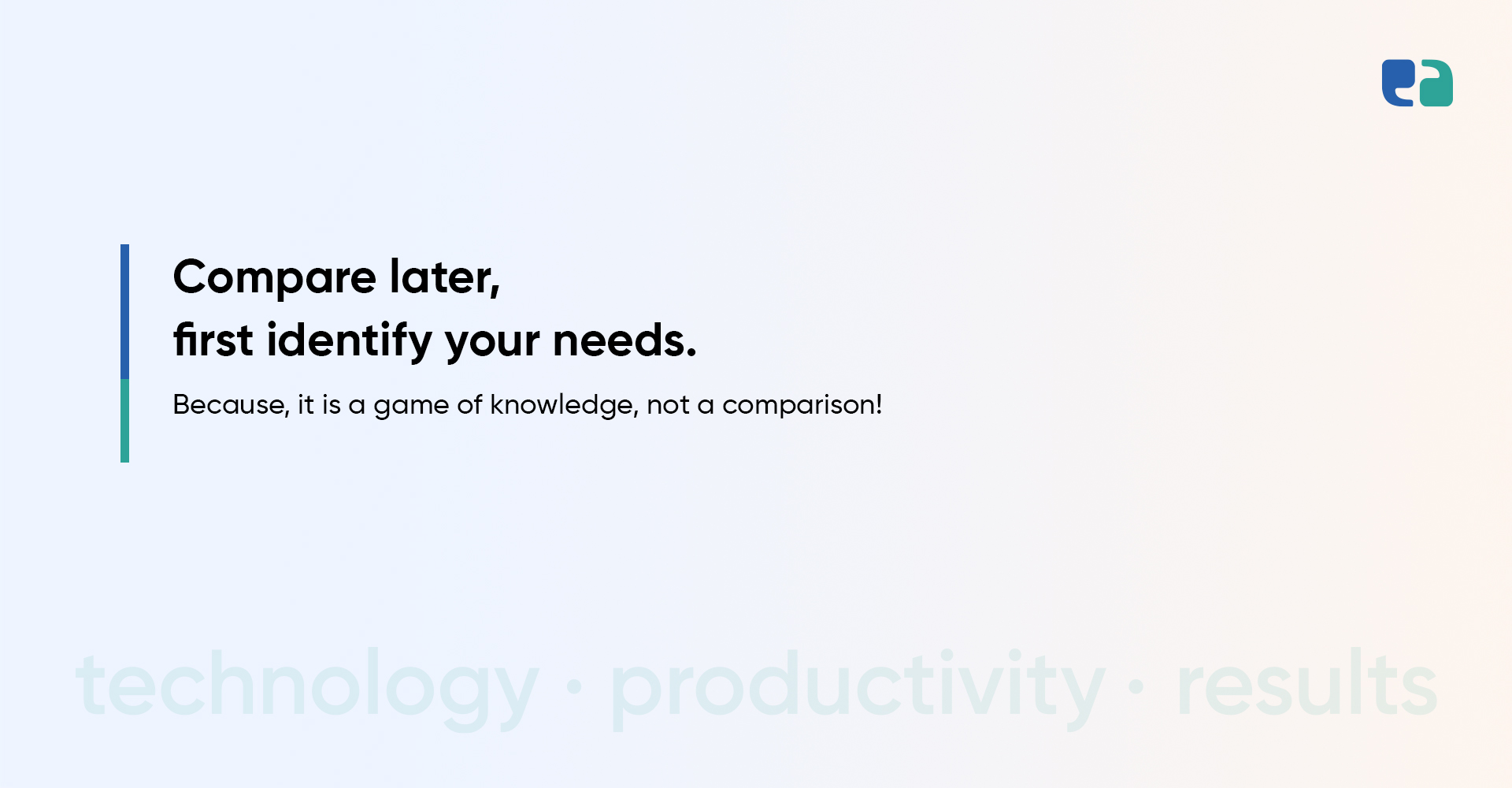Data is a fancy word. And when we connect it to analytics, it becomes fancier.
Because data itself is useless unless we put it to good use by analyzing it.
So, today, we will go on a very knowledgeable ride and explain how we as a healthcare IT company perform data analytics and deliver outstanding results to our healthcare clients.
Our whole motive is to share what other companies never want to share – insights into healthcare data analysis practice.
So, let’s get started.
What is Data Analytics in Healthcare?
Data is everywhere and anyone can analyze that data with basic math. But when data gets complex because of its large size and unorganized nature, you have to utilize computerized and algorithms-led methods to analyze it.
This practice of analyzing data with digital mediums is called data analytics. And when we analyze healthcare or clinical data, it is called healthcare data analytics.
The purpose of this data analysis is to find meaningful patterns or insights out of large historical data.
For example, by studying the last 20 years of patient admission data, you can easily predict on which days, weeks, months, and for which clinical requirements, the highest number of patients is estimated to get admitted into your hospital.
So that you can prepare your hospital for the increase in the number of patient admissions.
This is just one example.
By doing the practice of healthcare data analysis, you can analyze multiple types of data and improve the overall quality of care and internal workflows.

How is Data Analytics Used in Healthcare?
Data analytics comes into the picture when there is data.
Using data, healthcare entities and startups can predict several things and be ready to grab those opportunities.
The following are the top ways data analytics is used in healthcare.
What are the Roles of Healthcare Data Analysts?
Data analysis requires a dedicated skill set and knowledge of AI, machine learning, and important programming languages such as Python and R Language.
The following are the top roles and responsibilities of healthcare data analysts.
What are the Benefits of Medical Data Analysis?
Healthcare entities including hospitals and healthcare startups struggle with labor shortages and delivering quality, rapid & affordable care to patients.
With medical data analysis, they can get rid of these challenges.
Here are the top benefits of the ‘data intelligence you get as the result of data analysis practice.
How are AI, Machine Learning, and Deep Learning Technologies Used in Data Analysis?
All of these 3 technologies belong to the same family but have different capabilities and limitations.
How to Carry Out Healthcare Data Analytics? A Live Example of Disease Detection Using a Genetic Algorithm
This is what we were talking about in the blog’s title.
Let us give you insights into how data analytics plays its role in building a program that detects diseases with early symptoms.
We Turn Your Data into Intelligence Which You Can Use as Your Most Intelligent Resource
We are an Ontario-based healthcare-focused IT company.
We deal with healthcare data without messing it up. Want to know how?
Read our case study of leveraging data for efficient resource management at a UK-based hospital.



